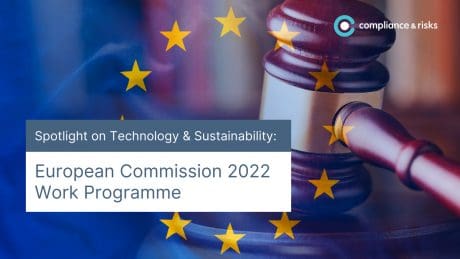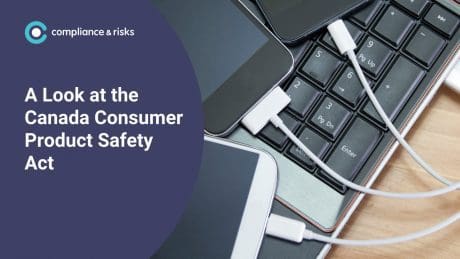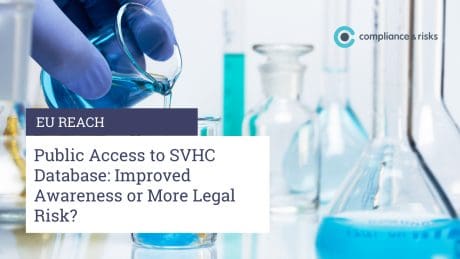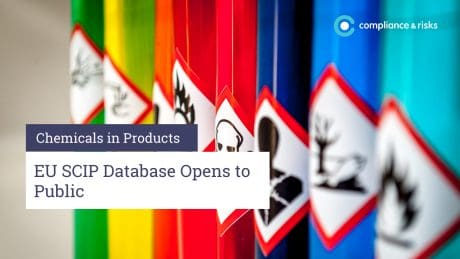
EU: Classification of Endocrine Disrupting Chemicals Under REACH


One of the main approaches used by the EU to assess chemicals is via the Community Rolling Action Plan (CoRAP). This currently lists about 289 substances of which 87 are being considered for endocrine disrupting properties. Of the potential endocrine disruptors listed; 16 have not yet started investigation, 19 have concluded assessment and 25 assessments are on-going. The list on the ECHA website is out of date, however, as several of the substances listed as “on-going” have now been confirmed to be endocrine disruptors and have been added to the REACH Candidate List. Being included in the CoRAP list by no means guarantees that a substance will be confirmed to be an endocrine disruptor and in fact many are determined to not meet the criteria, or at least there is insufficient evidence to classify them as endocrine disruptors.
The CoRAP list is useful as it alerts industry of the types of substances that are being considered by the EU, however it should not be regarded as a “black list” as many of the assessments conclude that the substances do not meet the hazard classification criteria that are being assessed. However, if a substance is confirmed to be a CMR, PBT/vPvB or an endocrine disruptor, regulation in some form is likely to be considered.
Want to get the latest updates regarding REACH regulations? Sign up to our newsletter here!








